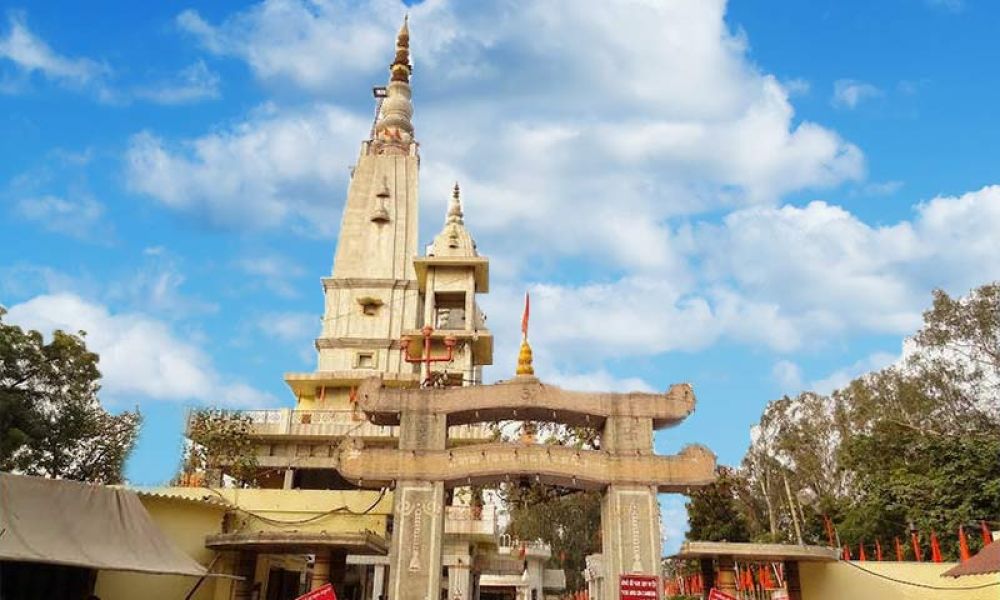

The Augharnath Mandir in Meerut, Uttar Pradesh, India, is not only a significant religious site but also an important landmark in India's struggle for independence. Over the years, the temple has become an emblem of patriotism and a pivotal historical point for the city of Meerut.
Known for its role during the Indian Rebellion of 1857, the temple played a key role in the uprising against British rule. The presiding deity at Augharnath Mandir is recognized as Shiva, and the shrine is alternatively known as Kali Paltan Mandir, a reference to its vicinity to the British military barracks or the 'Black Troops' cantonment.
The temple is said to have been a spiritual solace for the Indian troops (sepoys) where the initial strategy for the revolt of 1857 was planned. The clergymen and the regular visitors of the temple contributed to the freedom struggle by sharing important information and planning meetings, which eventually led to the historical uprising against the colonial power.
Tourism in Meerut has always been influenced by its rich historical heritage, with Augharnath Mandir at its epicenter. Visitors to the temple are not only devotees seeking blessings but also those keen to understand India's pre-independence history.
Since the temple itself is a testimony to the valor of Indian freedom fighters, it has attracted historians, researchers, and tourists alike. The tourism history of Augharnath Mandir saw an upsurge post-independence, as it became a monument of national significance.
In recent years, the augmentation of heritage tourism has seen an increase in footfall at sites like Augharnath Mandir. These sites represent the rich cultural legacy and freedom movement stories that resonate with both the domestic and international audience.
Furthermore, experiential tourism has encouraged places like Meerut to offer more immersive experiences. Festivals, light and sound shows, and guided tours help in making the history of such locations more relatable and engaging for the younger generations.
Currently, the tourism segment is also embracing digital transformation. Virtual tours and augmented reality experiences are becoming a part of the tourism offerings. In this context, Augharnath Mandir and Meerut's historical narrative have the potential to be presented through such digital additions, broadening its reach to a global audience who are interested in India's freedom struggle.
The government initiatives to promote circuits like the Swadesh Darshan Scheme envision integrating sites like Augharnath Mandir into a larger historical route, enhancing the overall visitor experience and preserving the site's historical integrity.
For those planning to visit the Augharnath Mandir, it is advisable to respect the religious sensibilities of the place. Photography inside the temple may be restricted, so it's best to inquire before capturing photographs. The best time to visit is during the cooler months, from October to March, to avoid the extreme heat prevalent in North India.